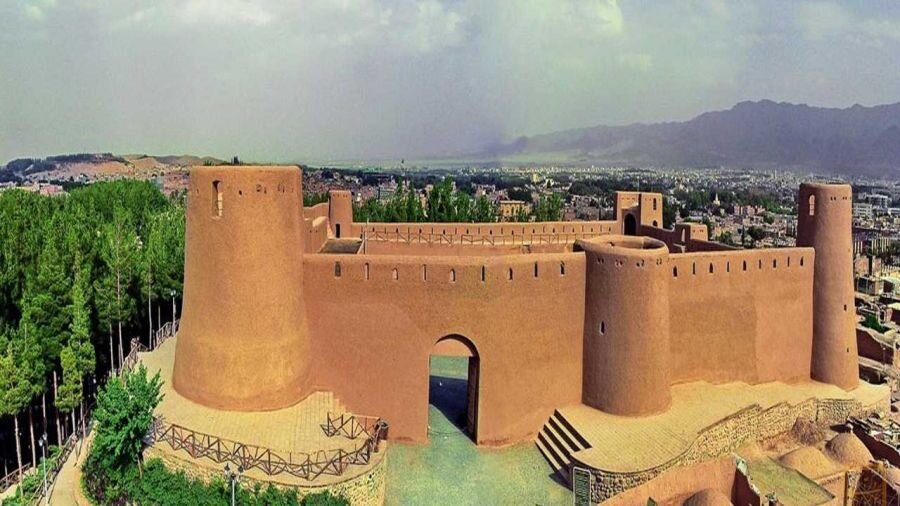30 historical structures restored in North Khorasan province

TEHRAN – A selection of 30 historical buildings and monuments have been restored across Iran’s North Khorasan province.
“Restoration work completed on a selection of 30 historical buildings in North Khorasan last year (ended on March 20),” ISNA quoted the provincial tourism chief as saying on Monday.
“Cultural heritage, which must be passed down from one generation to another, is a symbol of the identity of a particular region,” Ali Mostofian said.
The history of the Khorasan region, which is extended, along the north, from the Amu Darya (Oxus River) westward to the Caspian Sea and, along the south, from the fringes of the central Iranian deserts eastward to the mountains of central Afghanistan, stretches back to very ancient times.
As mentioned by Britannica, the Khorasan region was part of the Achaemenian Empire of the 6th to 4th century BC and the Parthian Empire, which spanned from the 3rd century BC to the 3rd century CE.
Khorasan, as a result of its troubled history, is peopled by a great variety of ethnic groups. Modern Iranian Khorasan is largely agricultural, producing fruits, cereals, cotton, tobacco, oil plants, saffron, and some silk. Livestock is plentiful; wool, lambskins, and goat hair are exported, and poultry is also raised.
The mineral products include turquoise, salt, iron, copper, lead, zinc, chromium, magnesite, and coal. Cement, processed foods, ginned cotton, carded wool, sugar, pharmaceuticals, animal fodder, and textiles are the manufactured products. Handicrafts include jewelry, rugs and carpets, furs, dolls, glassware, and hand-loomed cloth.
AFM
Leave a Comment